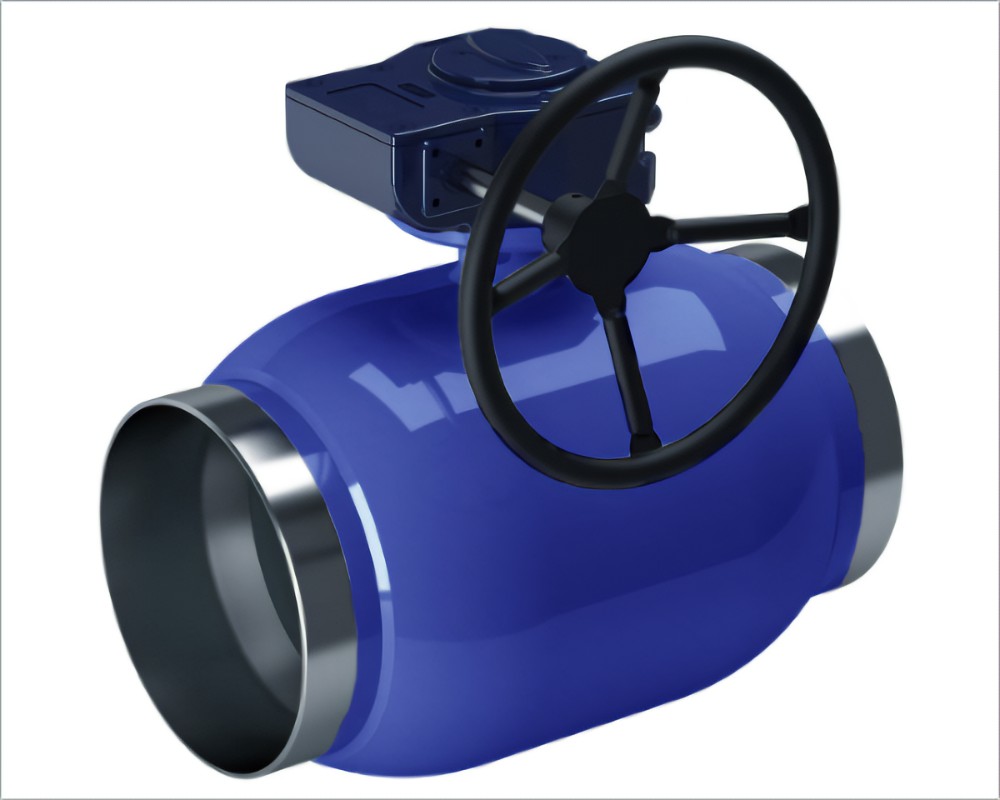drain pipe fittings
Understanding Drain Pipe Fittings An Essential Guide
When it comes to plumbing, drain pipe fittings are crucial components that ensure the effective functioning of drainage systems in both residential and commercial buildings. These fittings facilitate the connection of pipes, guiding wastewater away from sinks, showers, and toilets into the municipal sewer system or septic tanks. This article aims to provide a comprehensive overview of drain pipe fittings, their types, materials, and installation tips.
Types of Drain Pipe Fittings
1. Elbows These fittings allow for a change in direction within the piping system. They are commonly available in 90-degree and 45-degree angles, making them ideal for bends in the drain lines. Elbows help to guide the flow of wastewater around obstacles without creating clogs.
2. Tees Shaped like the letter T, these fittings enable the connection of three pipes. A tee fitting is employed when it is necessary to branch off to a secondary drain line. For example, if a sink and a dishwasher share a common drain, a tee fitting is essential.
3. Wyes Similar to tees, wyes are used to connect three pipes but allow for smoother water flow. They have a gentle angle that reduces the likelihood of clogs compared to tee fittings, making them a preferred choice in many installations.
4. Adapters These fittings connect two pipes of different sizes or materials. An adapter is useful when transitioning from a larger drainage pipe to a smaller pipe or vice versa. It ensures a tight and leak-free connection between varying pipe diameters.
5. Caps and Plugs Caps are used to close the end of a pipe, while plugs serve a similar function but are designed for threaded ends. These fittings can be used in drain systems when certain sections are unused or require future access points.
6. Cleanouts These fittings are essential for maintenance purposes. A cleanout allows access to the interior of the drain line for cleaning and inspection without having to dismantle the entire piping system.
Materials Used in Drain Pipe Fittings
Drain pipe fittings are made from various materials, each offering unique benefits
. Here are the most common materials- PVC (Polyvinyl Chloride) This is a widely used plastic material due to its lightweight, corrosion resistance, and ease of installation. PVC fittings are often used in residential applications for drain, waste, and vent (DWV) systems.
drain pipe fittings

- ABS (Acrylonitrile Butadiene Styrene) Similar to PVC but stronger, ABS is another type of plastic used for drain fittings. It is primarily employed in cold-water drainage systems, offering high impact resistance and temperature tolerance.
- Cast Iron Though heavier and often more expensive than plastic options, cast iron fittings are exceptionally durable and are favored in commercial buildings or where noise reduction is a priority. They can withstand heavy loads and have a long lifespan.
- Copper Known for its antibacterial properties, copper fittings are primarily used in plumbing systems but can sometimes be found in drain applications. However, copper tends to be less common for drains due to cost and difficulty in installation yet remains a viable option in specific scenarios.
Installation Tips for Drain Pipe Fittings
Proper installation of drain pipe fittings is critical to ensure a long-lasting and effective drainage system. Here are some key tips
1. Plan the Layout Before beginning installation, carefully plan the layout of your drainage system. Consider the necessary changes in direction and branching points and ensure that the fits used are appropriate for the layout.
2. Use the Right Glue or Sealant When working with PVC or ABS fittings, use the correct plumbing adhesive or solvent cement. This will create a strong, watertight seal that prevents leaks.
3. Check for Proper Slope Drain pipes should always be installed with a slight downward slope (generally ¼ inch per foot) to facilitate gravity flow.
4. Test for Leaks Once installed, run water through the system to check for leaks or weak points. Addressing these issues soon can prevent costly repairs later on.
5. Regular Maintenance Utilize cleanout fittings for regular inspections and maintenance of your drainage system to avoid future blockages.
Conclusion
Understanding drain pipe fittings is essential for anyone involved in plumbing, whether it be a professional plumber or an enthusiastic DIYer. Knowledge of the different types of fittings, materials, and installation techniques can ensure a functional and efficient drainage system, preventing future plumbing issues. By implementing these principles, homeowners and builders alike can achieve peace of mind knowing their plumbing system is sound and reliable.
-
The Key to Fluid Control: Exploring the Advantages of Ball Valves in Industrial SystemsNewsJul.09,2025
-
The Versatile World of 1, 2, and 3 Piece Ball ValvesNewsJul.09,2025
-
Stainless Steel Ball Valves: The Ideal Choice for Efficient Flow ControlNewsJul.09,2025
-
Optimizing Fluid Control with Ball Float ValvesNewsJul.09,2025
-
Manual Gate Valves: Essential for Control and EfficiencyNewsJul.09,2025
-
Everything You Need to Know About Butterfly ValvesNewsJul.09,2025
-
The Versatility of Wafer Type Butterfly ValvesNewsJul.08,2025




